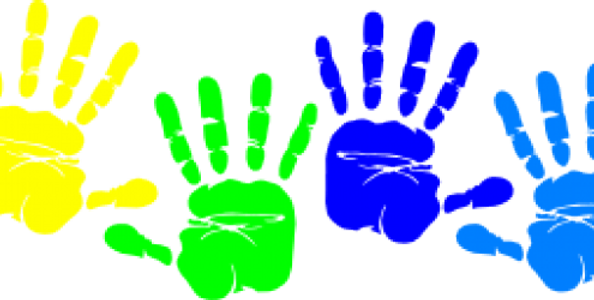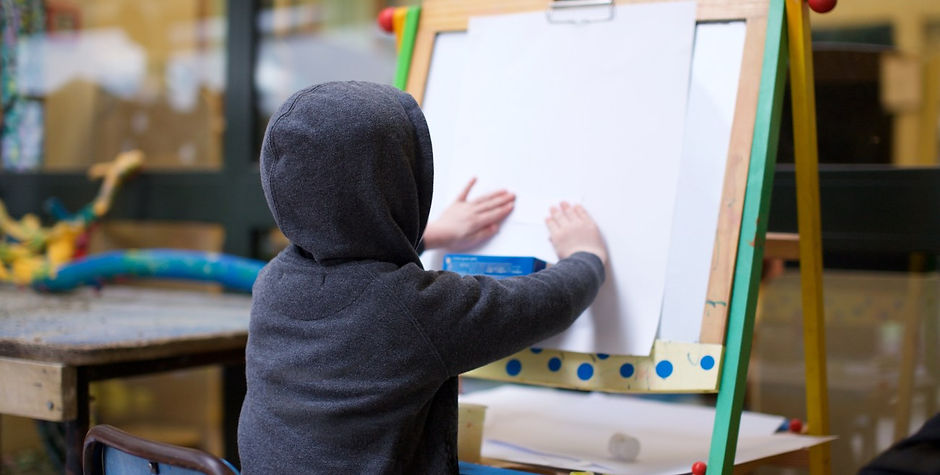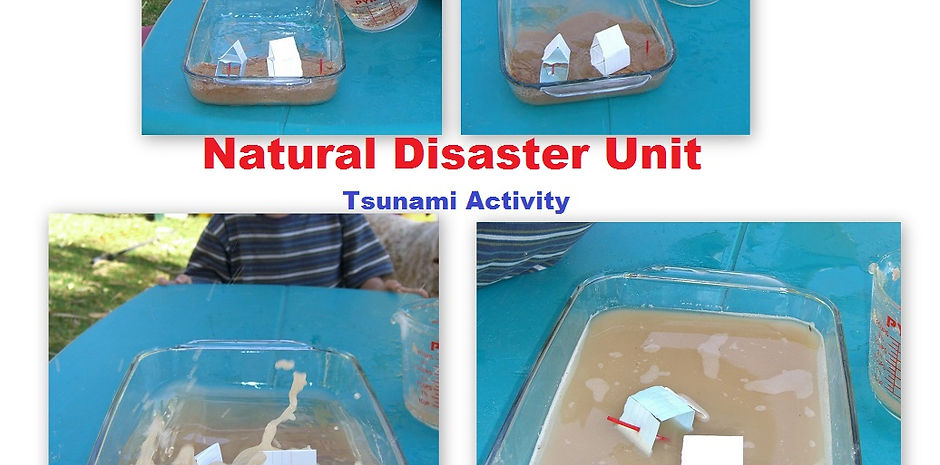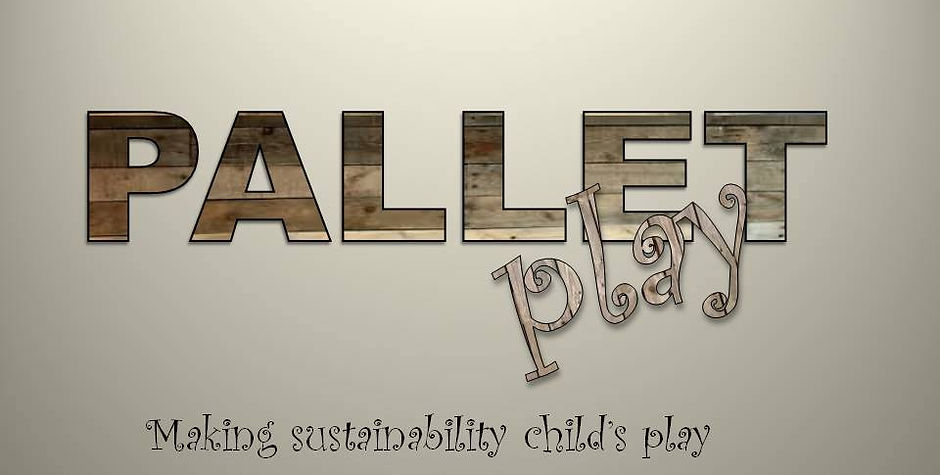INSPIRING GROWTH
RESOURCES
As an educator, I am constantly looking for new and exciting activities and ideas to use in the classroom. Below is a selection of activities, ideas, resources and articles that may be beneficial for education in the early years. I have also included resources to ensure education in the early years is accessible to all children from all walks of life. These resources ensure that we, as educators, can meet the needs of all children in our care.
ART ON THE GO
Reasons to take art outdoors
CALMING ANXIOUS CHILDREN
Helpful phrases to help calm anxious children.
CHILD SAFE SNOT SLIME
This slime is a safe alternative to borax based slime.
A fabulous sensory experience that is fun and inspires the children to explore using their sense of touch.
FAIRY SOUP
Keep the wonder alive in children's lives by indulging in some fairy soup making! All you need is a little bit of imagination, and a sprinkle of magic.
THREE LITTLE PIGS PROVOCATION
Create a provocation to encourage storytelling with this 3 little pigs scene. A great way to support children to explore, think, question, discuss and be creative!
OOEY GOOEY OILY ART
5 process art ideas to try using ingredients from your kitchen. They all explore science too!
MENTALLY PREPARING CHILDREN FOR NATURAL DISASTERS
Dr Susie Burke explains how to keep children calm and prepare them for natural disasters.
PREPARE CHILDREN FOR DISASTERS NATIONWIDE
The American Red Cross and Disney strengthen communities by empowering kids and families to prepare for disasters and other emergencies.
The Red Cross and Disney have taught more than 500,000 students nationwide the importance of disaster preparedness through various disaster preparedness programs, including The Pillowcase Project. The program teaches students how to create their own emergency supply kit by packing essential items in a pillowcase for easy transport during an emergency.

EFFECTIVE EARLY LEARNING
Access to quality early childhood education is consistently a major factor influencing developmental, learning and social abilities. The quality of interactions with educators, including their sensitivity, responsiveness and relationships with the children all have a significant impact.
Research demonstrates that children who attend early childhood education and care (ECEC) services are likely to experience better behavioural and learning outcomes than those who do not attend.




CHILDHOOD TRAUMA REACTIONS
Natural disasters, such as floods, bushfires and storms, are often very traumatic for children as they can be faced with many frightening and overwhelming experiences. Preschool children are a high risk group for poor outcomes following a traumatic event. However, due to the common misconception that children under the age of 5 years are resilient to the effects of trauma, this population is often neglected. Preschoolers typically present with similar pattern of traumatic stress reactions that are seen in older children and adolescents. However, there are several important unique developmental differences in the rate and manifestation of symptoms in preschool children.
This article explores how young children react following trauma, what it may look like, what to be aware of, and signs that a child needs further assistance.

NATURAL DISASTER ACTIVITY: MUDSLIDE
Often, natural disasters occur because of geologic changes or extreme weather conditions. Students explore the cause of each of these events and find out what damage results and examines the effect these disasters have on people, property, and infrastructure.
Mudslide: Mix sand and cornstarch and covered a butter container with the mixture. Then make it “rain” for a period of time to see what happens!

NATURAL DISASTER ACTIVITY: HURRICANE
Often, natural disasters occur because of geologic changes or extreme weather conditions. Students explore the cause of each of these events and find out what damage results and examines the effect these disasters have on people, property, and infrastructure.
Hurricane: Build paper houses out of index cards and tape. Use a straw to show what effect wind would have on the houses. If it falls down, let the children reinforce their house with more tape! The second time round, if the house withstands, add a second straw and try again.
You can also watch the National Geographic youtube video on hurricanes: http://www.youtube.com/watch?v=H9VpwmtnOZc

NATURAL DISASTER ACTIVITY: TSUNAMI
Often, natural disasters occur because of geologic changes or extreme weather conditions. Students explore the cause of each of these events and find out what damage results and examines the effect these disasters have on people, property, and infrastructure.
Tsunami Activity: In a flat class pan, get the children to build a sandy beach (with sand and corn flour). Then make some index card houses. Give the table a good shake a couple of times to make the tsunami hit with full force!
Tsunamis are generally caused by an underwater earthquake, landslide, or volcanic eruption.

SCHOOL READINESS
The end of the year is just around the corner and the pre-schoolers are off to their orientations at big school. Throughout our program, we will be focusing on going to school. This will support the pre-schoolers in their transition to school through a range of numeracy, literacy, physical and creative experiences. This is a great way for the pre-schoolers to learn more about primary school in a fun and engaging way. During our group times we will be reading stories about primary school, engaging in discussions and doing a range of activities, games and songs to support the development of a range of skills. This will also benefit our pre-schoolers who are staying with us next year as they will have the opportunity to develop a range of skills and knowledge related to colours, numbers, shapes and the alphabet. They will also gain an understanding about big school, which will support their transition when the time comes.

MAKE A HURRICANE
Make a hurricane using everyday items from your kitchen. This activity provides pre-schoolers with a visual representation of what hurricanes look like and how they work.

TEACHING PRESCHOOL-AGED CHILDREN A SECOND LANGUAGE
Teaching young children a second language develops an awareness that there are different cultures throughout the world and everyone is different. This awareness has the power to develop acceptance and overall, bring about a social change by changing the perspective of the younger generations. Teachers are the largest professionally trained profession and have the power to bring about social change. It is important to utilise this power!
Studies indicate that the best time for a child to learn another language is in the first three to four years of life. Here are some important reasons for exposing children to early second language learning.

INSIGHT INTO TEACHING PRESCHOOL-AGED CHILDREN A SECOND LANGUAGE
I want to share some insight into my personal experiences of teaching a second language.
At the preschool I work at, we run two language programs, Spanish and Japanese. The later is more effective than the Spanish program, which I will shed some light on.

SNAKE SAFETY
As the weather is warming up, we have been learning about animal safety, particularly snake safety. Living in small rural communities and the pre-school being located within one of the communities, over Summer, we get some unwelcome creatures and it is important for the pre-schoolers to be as prepared as possible.



STORYPARK
Storypark helps families and teachers work together to extend children’s learning and is for anyone who cares for or provides education to young children.
Storypark helps teachers save time, streamline reporting, and deepen children’s learning through creating and sharing children’s learning stories and ePortfolios with parents.